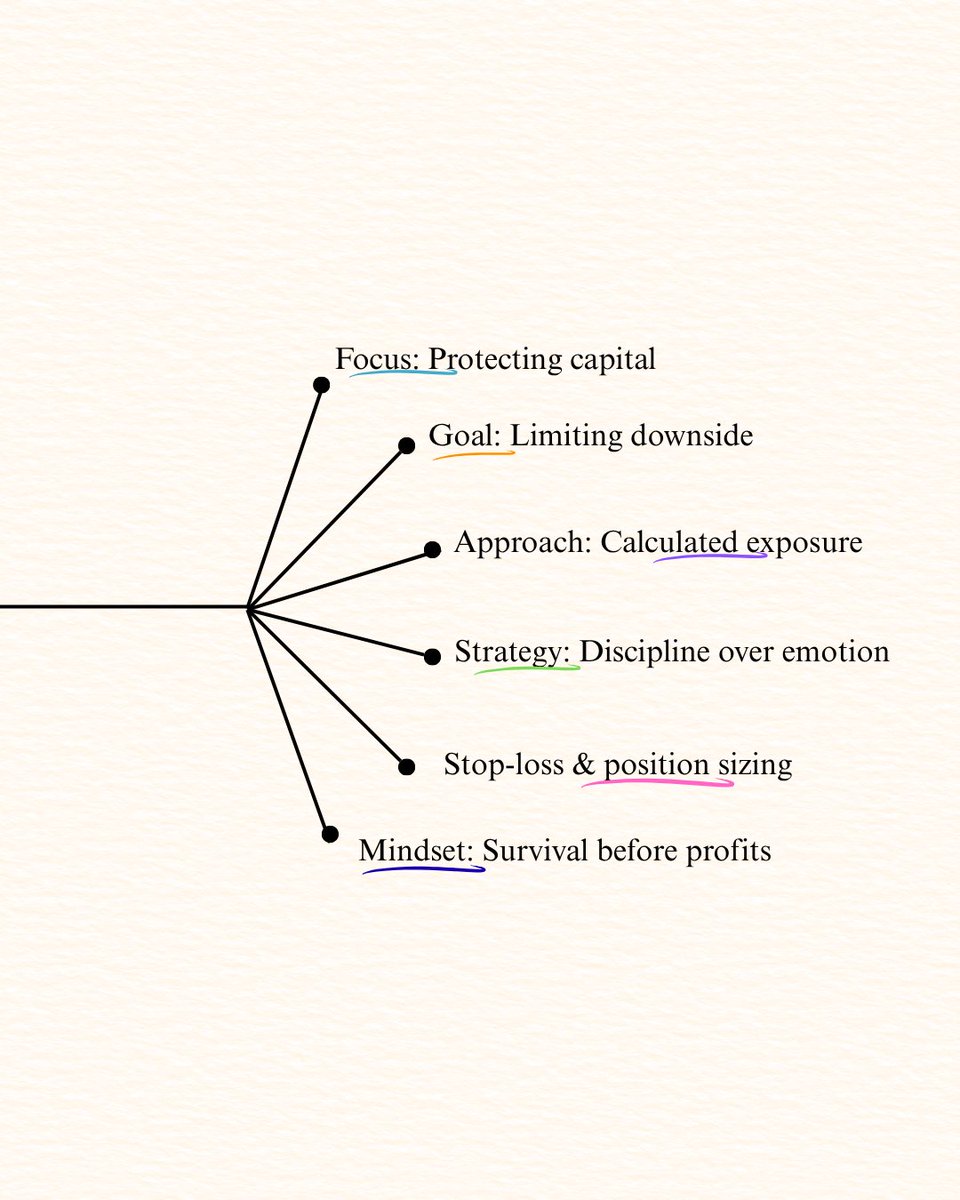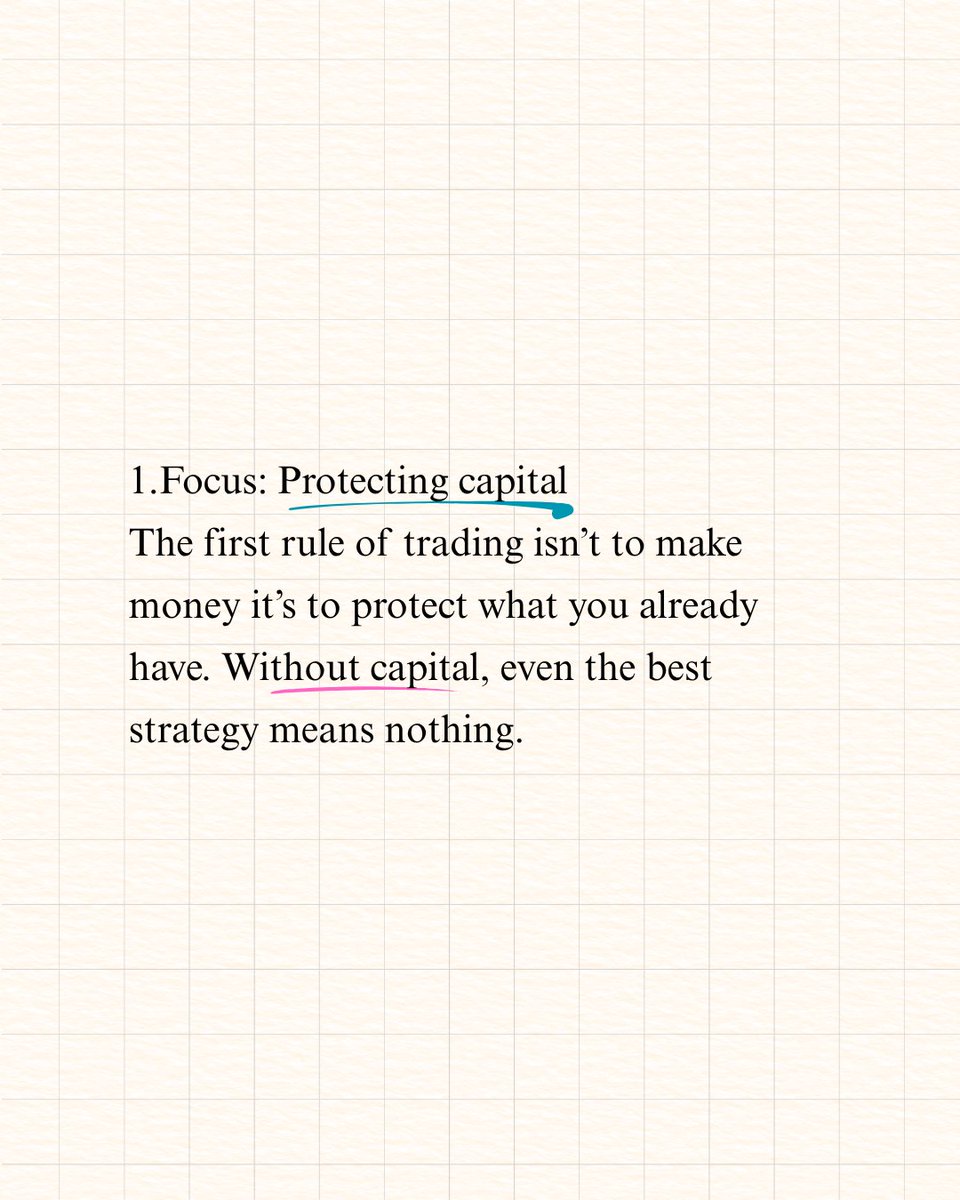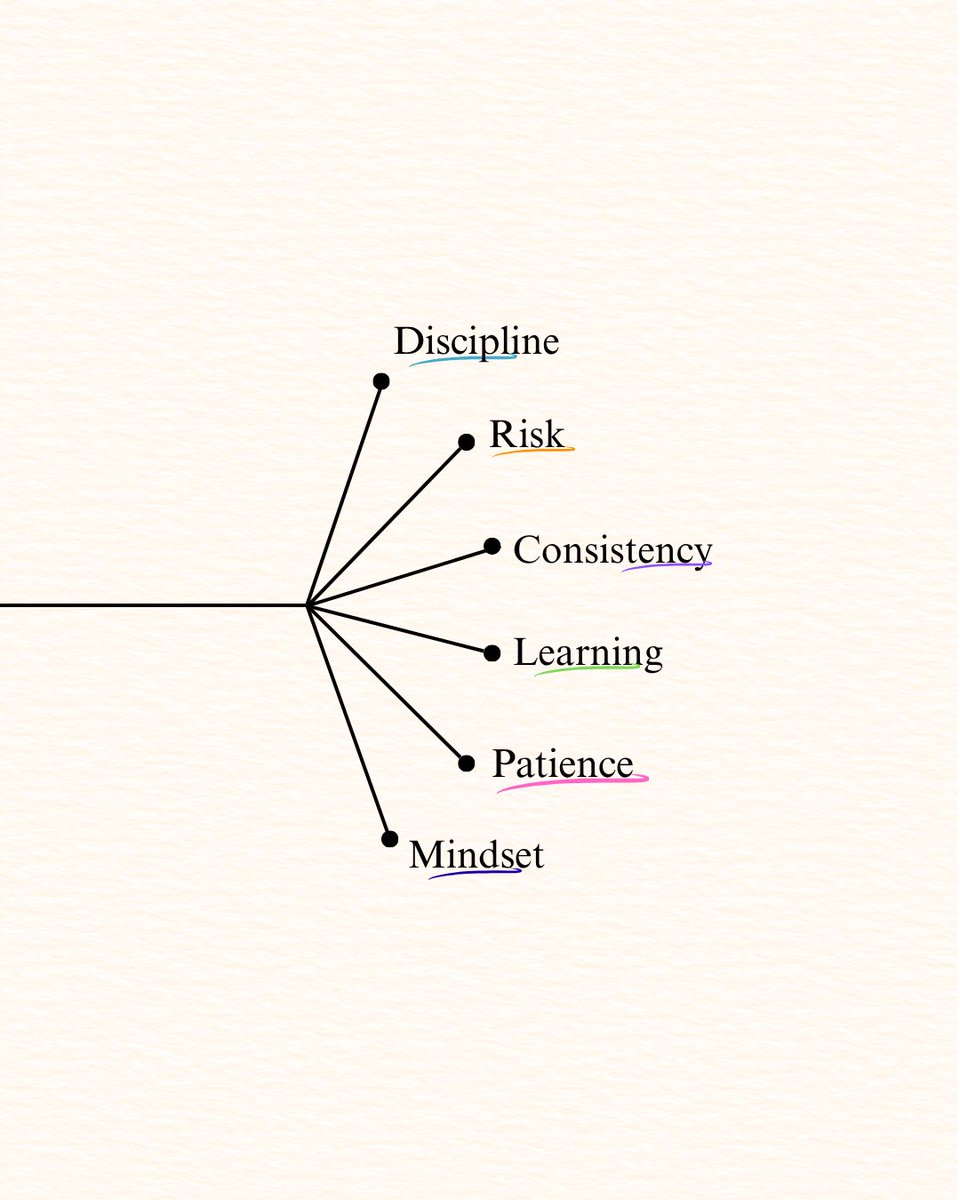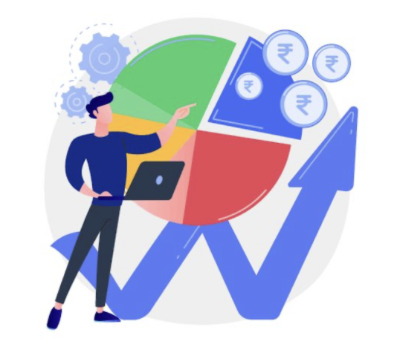Thread : Tech Stack at our Company
1) Technology is at the core of how we approach trading & we consider ourselves as much a technology company as a trading firm.
The tech team has remained under the hood so let me introduce the team & the tech stack used.
#Technologies
1) Technology is at the core of how we approach trading & we consider ourselves as much a technology company as a trading firm.
The tech team has remained under the hood so let me introduce the team & the tech stack used.
#Technologies

2) Django :
We use the Django framework for most of our web apps (in house scanners) as it encourages rapid development & clean, pragmatic design.
We use the Django framework for most of our web apps (in house scanners) as it encourages rapid development & clean, pragmatic design.

3) Python
Python is extensively used for backtesting as various open-source modules like pandas, NumPy, Talib, Backtrader, FFN, Matplotlib, and many more data analytics & visualization tools are built on top of it.
Python helps us in analysing large datasets in a easy way
Python is extensively used for backtesting as various open-source modules like pandas, NumPy, Talib, Backtrader, FFN, Matplotlib, and many more data analytics & visualization tools are built on top of it.
Python helps us in analysing large datasets in a easy way

4) Postgres DataBase:
Postgres database nodes to store and retrieve a gigantic amount of data our market data API’s fetches from the exchange in real-time
Data across multiple instruments, across multiple expiries,across multiple strikes for last many years is stored
Postgres database nodes to store and retrieve a gigantic amount of data our market data API’s fetches from the exchange in real-time
Data across multiple instruments, across multiple expiries,across multiple strikes for last many years is stored

5)Machine Learning:
Bit of ML to optimise entry & exit conditions of specific systems
Decision Trees are employed to split data continuously according to a certain parameter.
Tools : Scikit-learn, TensorFLow & Keras

Bit of ML to optimise entry & exit conditions of specific systems
Decision Trees are employed to split data continuously according to a certain parameter.
Tools : Scikit-learn, TensorFLow & Keras


6)AWS Cloud Server & Digital Ocean
Used for storing all data that is generated & hosting virtual servers ( for websites & internal applications)
Used for storing all data that is generated & hosting virtual servers ( for websites & internal applications)
7a) Scheduling (Cron Job):
Under the hood of our various automated trading algos, alerts systems, risk management systems lie countless cron jobs which help schedule tasks.
Software interrupts are employed to manage synchronous events for our Algo trading bots.
Under the hood of our various automated trading algos, alerts systems, risk management systems lie countless cron jobs which help schedule tasks.
Software interrupts are employed to manage synchronous events for our Algo trading bots.
7b ) Risk Management:
A master node collects all the events& logs them on a dashboard as a centralized knowledge hub for all open positions.
To keep check of an unsystematic risk event like exchange blackout etc the master dashboard provides endpoints to manually manage trades.
A master node collects all the events& logs them on a dashboard as a centralized knowledge hub for all open positions.
To keep check of an unsystematic risk event like exchange blackout etc the master dashboard provides endpoints to manually manage trades.
8) So I provided a quick & broad, overview of our stack.
In future posts, I’ll explain them in more detail & also introduce you to the tech team(not active much on twitter) & ask them to write detailed tech blog for tech geeks
quantifycapital.in/about-us
- End
In future posts, I’ll explain them in more detail & also introduce you to the tech team(not active much on twitter) & ask them to write detailed tech blog for tech geeks
quantifycapital.in/about-us
- End
• • •
Missing some Tweet in this thread? You can try to
force a refresh

















